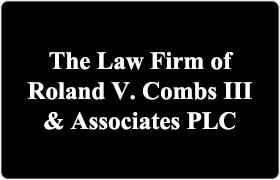Amber Bankruptcy & Debt Lawyer, Oklahoma
Sponsored Law Firm
-
 x
x

Click For More Info:
-
Roland V. Combs III & Associates PLC
4401 NW 4th St Suite 121 Oklahoma City, OK 73107» view mapBankruptcy & Debt Over 35 Years Of Experience
The Law Firm of Roland V. Combs III & Associates PLC knows how to ward off relentless debt collectors and get you back on track to a stable financial future.
800-827-4970
S. Alex Yaffe
Social Security, Workers' Compensation, Collection, Personal Injury, Family Law
Status: In Good Standing
FREE CONSULTATION
CONTACTMike Voorhees
Banking & Finance, Corporate, Business Organization, Collection
Status: In Good Standing
Rodney Dean Fergason
Employment, Workers' Compensation, Bankruptcy, Personal Injury
Status: In Good Standing
John Paul Melot
Administrative Law, Bankruptcy, Workers' Compensation, Social Security
Status: In Good Standing
 Roland Combs Oklahoma City, OK
Roland Combs Oklahoma City, OK Practice AreasExpertise
Practice AreasExpertise
